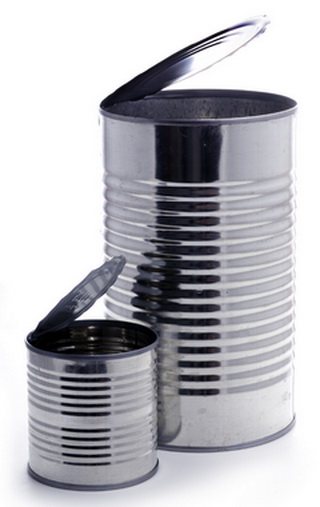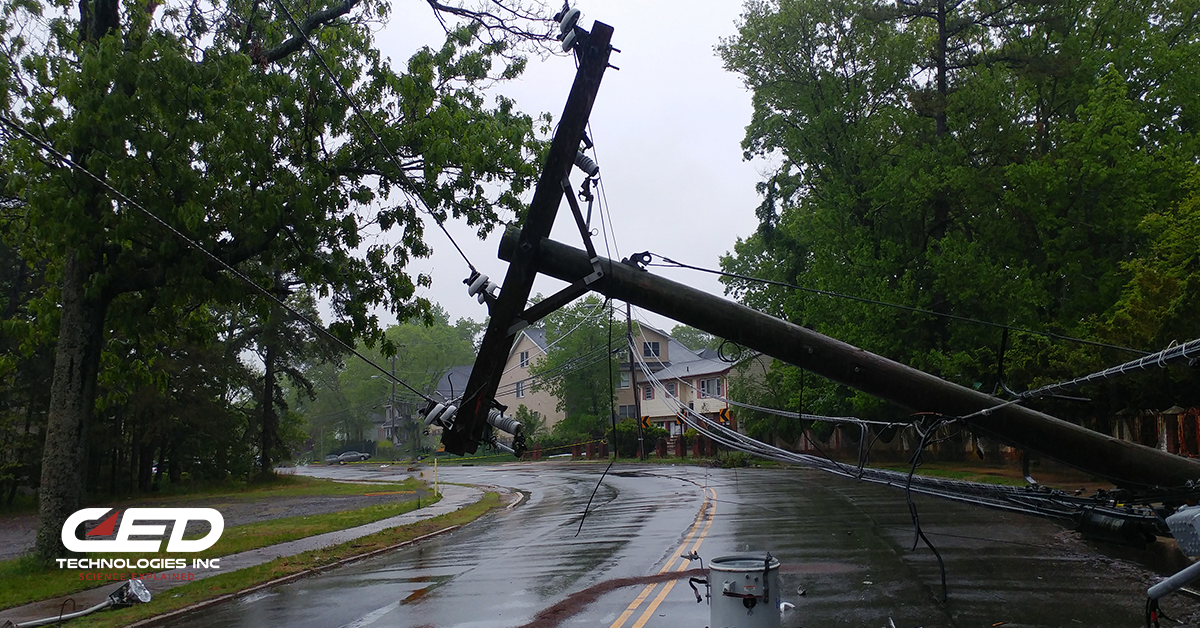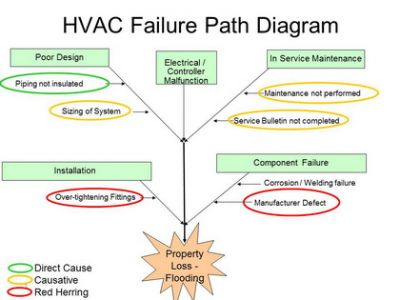Many personal injury and property loss claims/legal cases trace their origin back to packaging issues. Oftentimes, the product being shipped is not the cause of the accident; the packaging and or related labeling upon the package are the cause or the key contributing factors. In some cases, the claim is that the package container was designed in a way that contributed to the cause of the personal injury. In the historical case of downed Value Jet flight 592 in Florida, expired oxygen generators were found to be not properly labeled and stored in a cargo hold not appropriate for that type of hazardous material (HAZMAT). As a result, a fire that could have normally been extinguished in flight, caused the airliner to crash in the Everglades killing 110 passengers and crew.
Packaging containers in the United States trace their history back to wood construction for railroad use prior to the 1900s. Corrugated cardboard boxes began to be used in the early 1900’s and plastics became commonplace by the 1970’s. As time progressed, the number of packaged goods increased to the point that nearly every consumer and industrial product is now in some form of packaging container. As the amount of packaged goods increased, packaging related accidents also increased. As a result, standards have been developed by various packaging industry organizations including ASTM (American Society for Testing and Materials), TAPPI (Technical Association of the Pulp and Paper Industry), FBA (Fiber Box Association), and PMMI (Packaging Machinery Manufacturers Institute), among others. Along with standards, many regulations have also been established. A couple of note are the Poison Prevention Packaging Act by the Consumer Product Safety Commission and the Fair Packaging and Labeling Act (16 CFR PARTS 500-503) by the Federal Transportation Commission.
Manufacturers look to packaging engineers to ensure their products are safely packaged in compliance with the multitude of regulations and standards applicable to their industry. Packaging engineers design containers to meet the particular needs of the product being shipped, the hazards of the shipping environment, (shock, vibration, compression, moisture, etc.), and the needs of retailers and consumers. Their challenge is to design a package that is cost effective for its expected use. Packaging engineers refer to text books, standards, and regulations that govern the design of packaging.
Shipping companies also have concerns about product packaging. Shipping companies must utilize a package that will contain their product and ensure safe delivery. Shippers and manufacturers look to packaging engineers to ensure proper transport packaging and maintain compliance with documentation requirements such as marking, labeling, and placarding; called out in 49 CFR Part 172. Packaging engineers also help the shipping industry comply with the packaging responsibilities defined in 49 CFR Part 171 and enforced by the Department of Transportation who regulate the transportation of HAZMAT.
What makes a packaging expert? Obvious qualifications are education, job specific experience, and the ability to interpret applicable standards and regulations. A packaging expert has experience in designing containers that can withstand the rigors and environmental concerns involved with transporting the package as well as meeting the needs of the end user. A packaging expert must also be familiar with the labeling requirements, handling and storage needs, and other safety concerns specific to the product.
To find out how a packaging design expert can help your claim/case, contact CED.






